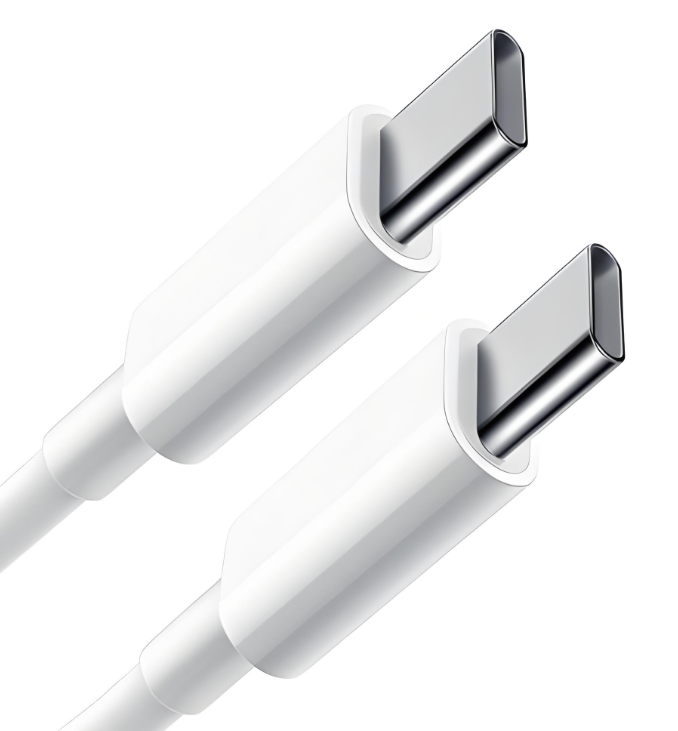The current and voltage that fast charging data cables need to withstand depend on the specific fast charging protocol and equipment requirements. The following are common parameter ranges and key points:
Current (A)
General range: 3A to 5A (commonly seen in mainstream fast charging protocols).
High current scheme: Some private protocols (such as OPPO VOOC, OnePlus Dash) may reach 6A or higher.
USB-C standard: Supports 3A (default), cables certified with E-Marker chips can support 5A (such as USB PD 3.0/3.1).
Voltage (V)
Basic voltage: 5V (standard USB voltage).
Fast charging upgrade: 9V, 12V, 15V, 20V (commonly used in USB PD, QC and other protocols).
High voltage solution: USB PD 3.1 can be extended to 28V, 36V, and 48V (mainly used for high-power devices such as laptops).
Power (W)
Common power: 18W (9V × 2A), 30W (15V × 2A), 65W (20V × 3.25A), 100W (20V × 5A), etc.
Ultra high power: USB PD 3.1 supports 240W (48V × 5A).
critical factor
Wire specifications:
Wire diameter (AWG): 24AWG (thick wire) is more suitable for high currents than 28AWG (thin wire).
E-Marker chip: USB-C cables above 5A/100W must have built-in chip identification capability.
Protocol compatibility:
Public protocols: USB PD, QC 4+, etc. support a wide range of voltage/current.
Private protocols: Huawei SCP (5A), OPPO VOOC (10V/6.5A), etc. require dedicated cables.
Safety certification: Choose USB-IF certification or brand original cables to avoid overheating or damage to the device.
Practical application suggestions
Mobile fast charging: usually requires 18W-65W (such as 9V/2A or 20V/3A).
Laptop/gaming device: may require 65W-100W (20V/5A).
Ultra fast charging technology (such as 120W, 200W): Manufacturers need to customize cables that support 6A or higher current or high-voltage direct charging.

Summary: The fast charging data cable should be selected according to the protocol supported by the device, commonly 3A-5A current+5V-20V voltage. High power scenarios (such as 100W+) require dedicated cables. Pay attention to the three core elements of AWG wire diameter, E-Marker chip, and protocol compatibility when purchasing.
